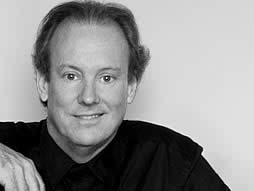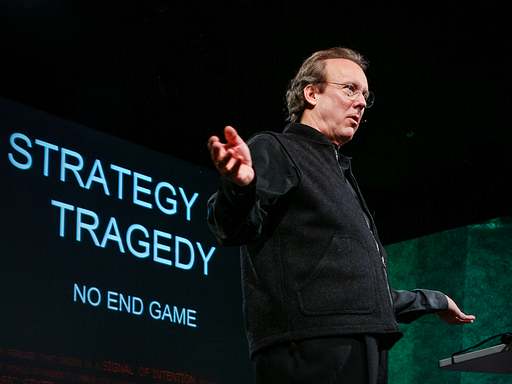Web-based ways to make a difference
To help those of us making resolutions this week, here is a sampling of web tools for making a difference, inspired by TEDTalks speakers: + Share Ron Eglash‘s cool math tools, for studying math via breakdancing, Latin beats and cornrow braids + Dive into Richard Baraniuk‘s Connexions, a massive repository of open-source class materials + […]
Continue reading
